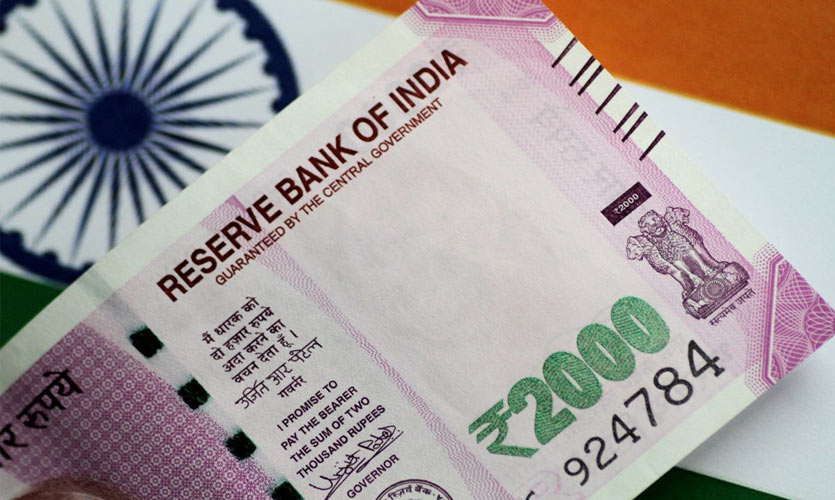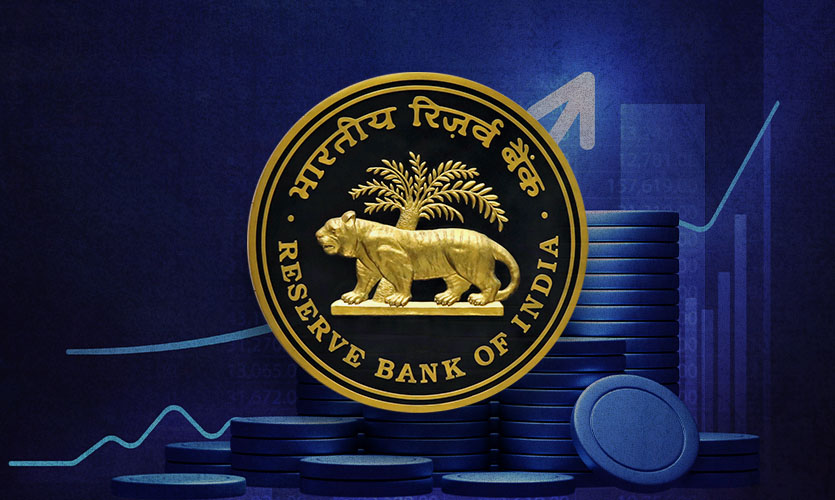On November 23, the Indian rupee weakened against the US dollar and Indian bond prices fell as investors bet on the implementation of stricter policy measures by mid-2022 by the US Federal Reserve following the announcement of Jerome Powell’s second term as chairman. The rupee continued its losses this week and fell by 0.1 percent so far on Tuesday as the dollar strengthened globally and domestic equities continued on their losing streak. The partially convertible rupee opened at 74.51/52 per dollar at 0600 GMT, its weakest since November 11, earlier in the session. It closed at 74.3950 on November 22. The currency oscillated within a band of 74.4800-74.5050 against the greenback.
The US dollar was almost at a four and a half year high against the Japanese yen while stocks and currencies in Asia’s emerging markets weakened after Poell’s reappointment. The reappointment also helped the dollar hold on to a high of over 16 months, in line with investors’ predictions on tighter monetary policy under Powell. Rising interest rates in the US would likely reduce the appeal of emerging market currencies such as the Indian rupee. According to the Economic Times, reports from dealers state that with domestic equities tumbling again this week, foreign banks were said to be buying dollars for overseas investors looking to pare their holdings of local stocks.
“The key theme over the coming quarters would be policy normalisation and there is arguably greater clarity under Powell. He has turned incrementally hawkish since June’s FOMC meeting and kicked off taper in November,” wrote DBS economists reportedly in a note.
Federal officials have planned to speed up the pace of bond tapering due to rising inflation in the US, with consumer inflation rising to a 31-year high in October and 6.2 percent on-year. The dollar has strengthened sharply this week, with the dollar index shooting past the crucial 96 levels. The index measures the US dollar against a basket of six major rival currencies.
In early November, the Federal Reserve announced that it would eventually start reducing the pace of its monthly bond purchases, the first step towards pulling back on the massive amount of aid and support provided to the markets and the economy. Tapering of bond purchases will see reductions of $15 billion each month, $10 billion in Treasuries and $5 billion in mortgage-backed securities from the current $120 billion a month that the Fed is buying.
“The noise coming out from the Federal Reserve clearly suggests that they intend to tackle the inflation bull by the horns. Everyone was prepared for US policy normalisation but if it happens sooner than expected then the ripples will definitely be felt in emerging markets,” a senior currency trader at a large private bank said on condition of anonymity. “We are in a much better position when it comes to reserves but if there is a genuine global shift in fundamentals, then the RBI may not want to expend too much ammunition; it would just want to smoothen out volatility. So the bias for the rupee is one of depreciation,” he added.
Indian bonds are also dependent on the movement in global crude oil prices due to their impact on inflation. Traders expect the bond yield range to remain within 6.30 percent to 6.40 percent until the Reserve Bank of India’s monetary policy review in early December. On 23 November 23, the fall in crude oil prices for a second day led to a reverse in gains from the previous session due to growing talks among the US, Japan and India to release crude reserves to tame prices, despite the threat of demand faltering as COVID-19 cases surge in Europe. As per dealers, the decline in global crude oil prices provides India respite amidst the strengthening of the US dollar. Crude oil for December delivery on the New York Mercantile Exchange fell to 3.7 percent to close at $76.10 per barrel. Brent crude prices shed 2.9 percent to close at $78.89 per barrel.
Read more: China Releases Diesel And Gasoline Reserves To Meet Demand, Oil Prices Fall
“Oil prices are muting the impact of Powell’s re-appointment but a surge in oil could easily push the 10-year yield out of the current 6.30 percent-6.40 percent range,” a senior trader at a private bank said.
As the third-largest consumer and importer of crude oil, the fall in prices was good for India’s current account and inflation. The decline in oil prices also raised sentiment in the sovereign bond market, with the yield on the 10-year benchmark at 6.10 percent, two basis points lower than the previous close at 6.37 percent.










